A storyboard is where the ideas conceived by the artist is given its actual visual form and expression which is then developed into a single action-strip in a comic book or an animated motion-picture or film.
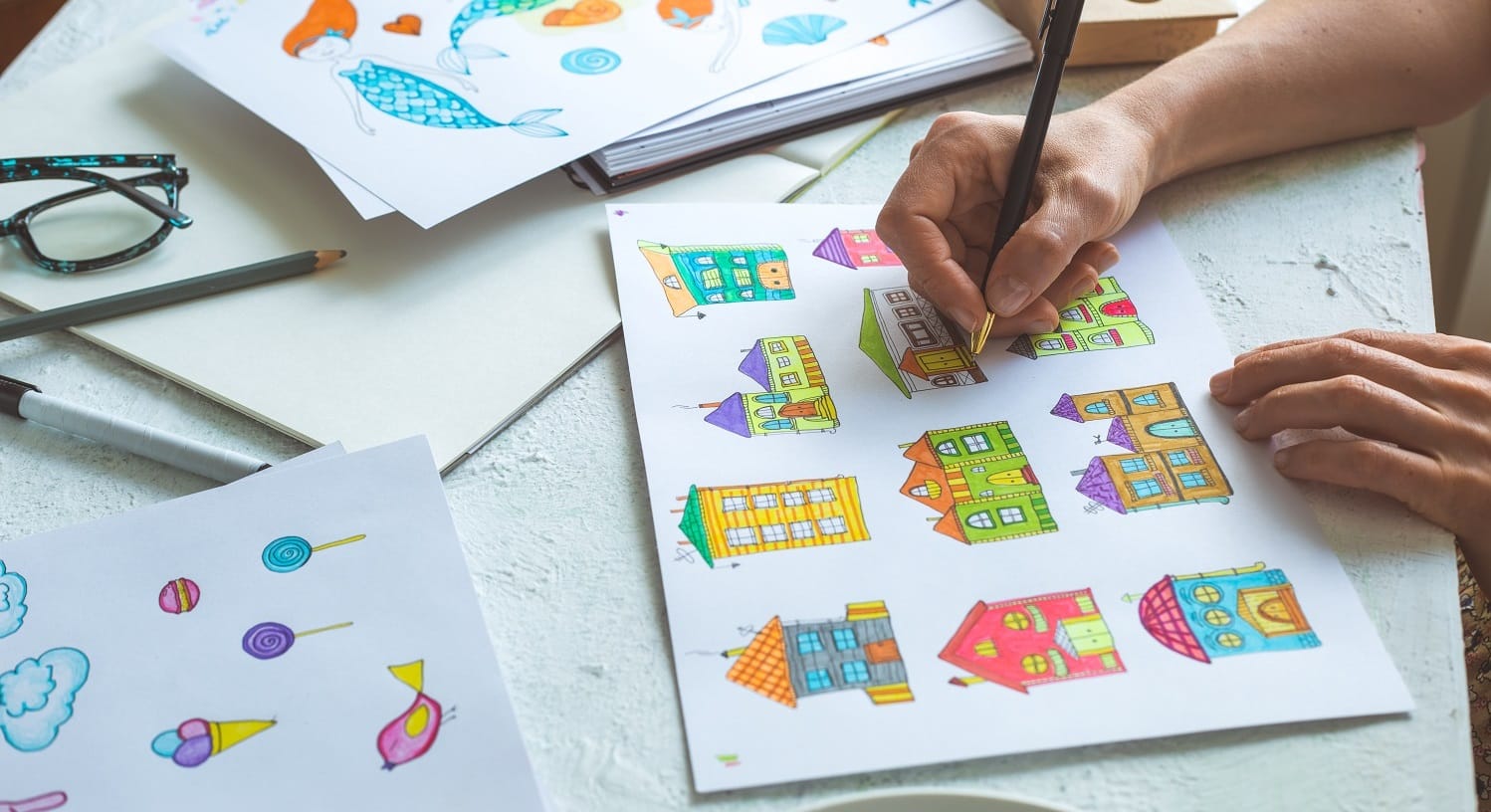
A storyboard artist is, thus, the creator and director of any animated film, comic book or TV show. The storyboard artist’s job actually goes beyond what we might think is only putting down a particular scene on to the paper or electronic pad, nowadays.
This is because not only the artist conceives and gives a visual structure to an idea, they are responsible for developing the myriad of emotions that an absolutely fictional, animated character exhibits, forming an unbelievably beautiful relationship with its audience.
So if you’re interested in visual story-telling and knowing more about what a storyboard artist actually does, keep reading the following extensive guide that bares all about the profession of animation and the genius behind the screen!
What is a Storyboard Artist & Ultimate Guide for Beginners
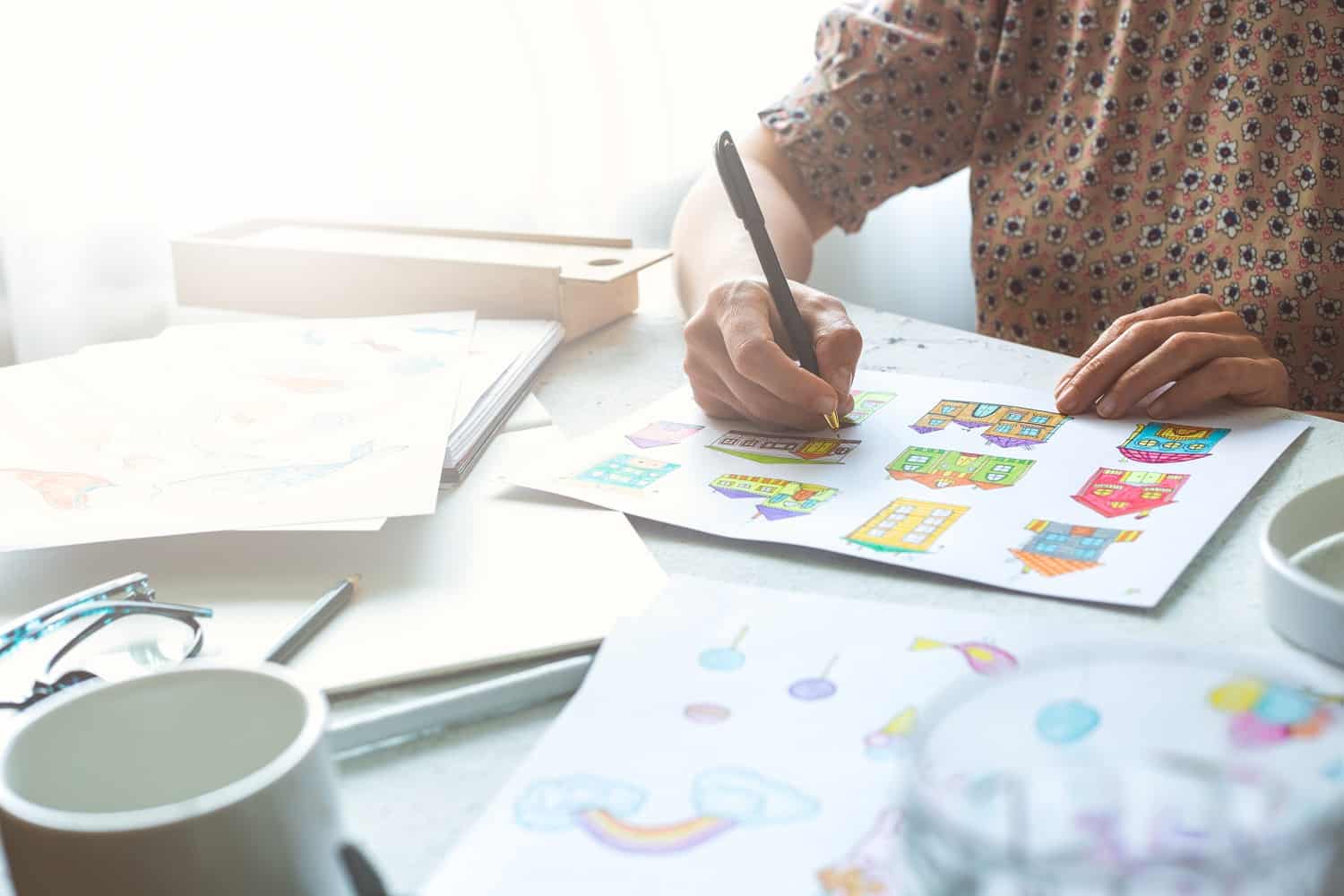
First of all, how should one describe a storyboard and its artist?
Every sequence or clip in an animated movie that you see is formed by delicately weaving numerous panels together. Visual story-telling for animation finds expression on the artist's table where he creates and composes these snippets of scenes that relay an incident.
And the very layout on which these panels are created and arranged to form a scene is known as the artist’s “storyboard.”
In short, this is where the real magic for all animation movies begin!
Now, apart from just character sketches and situations or actions unfolding, storyboard panels also consist of sequences dealing with numerous reactions, movements, and locomotions, which are developed painstakingly by storyboard artists. These include everything from body language, the movement of limbs, the effects that each tiny movement has, and most importantly, each and every tiny facial expression of each and every character in the story.
These expressions are what relays the state of mind and thought processes of a character to us. These are what portrays the personal and ulterior motives and intentions of a character onto the screen and makes its virtual, imaginary “existence” believable to us.
If you think about it, the expressions of an animated character could make or break the illusion of his existence that we love to believe in and form a relationship with.
And this is where the genius of a storyboard artist lies.
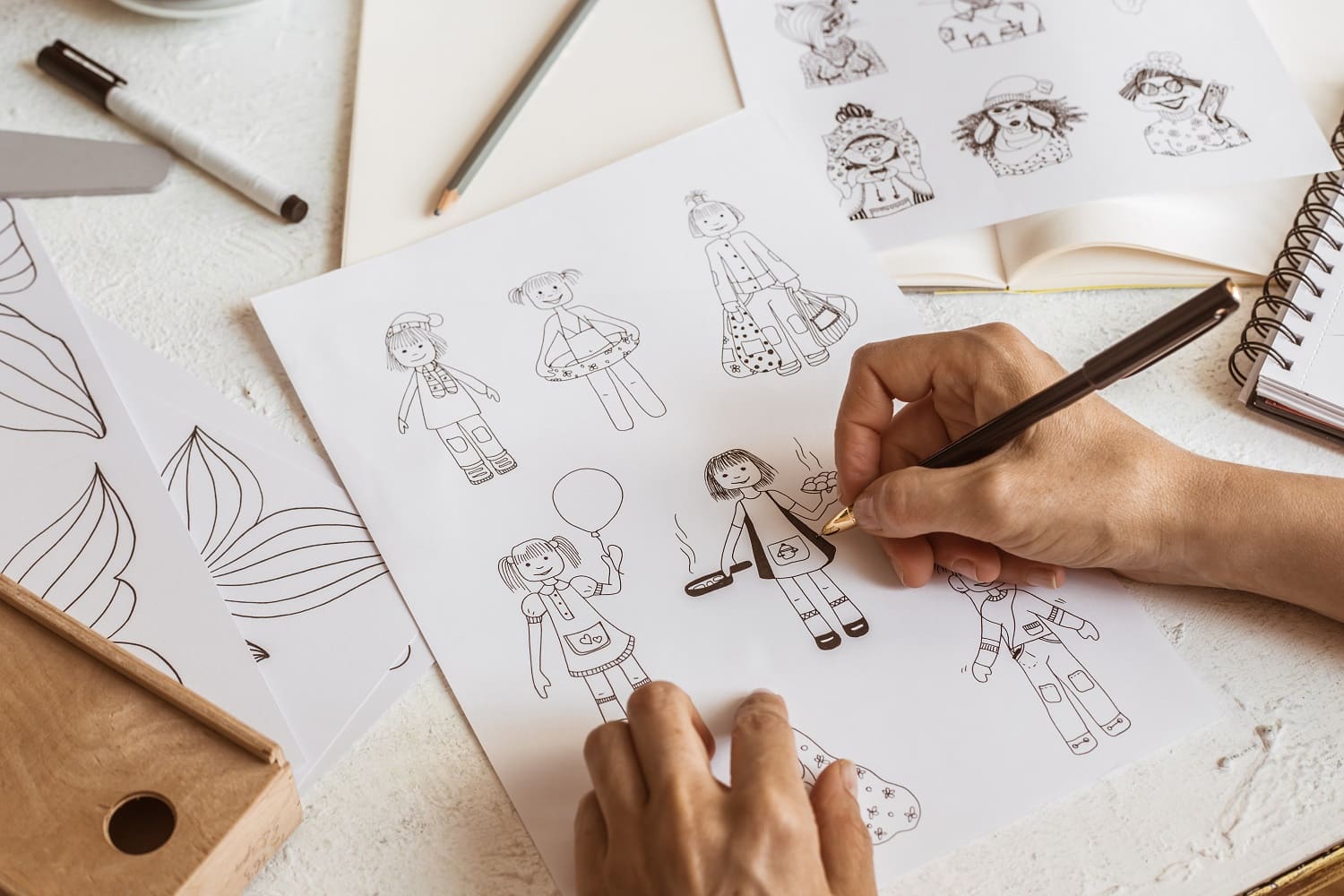
So, how does a storyboard artist develop a visual sequence from just an idea?
A storyboard artist is the one who creates a visual story out of just a mere concept and or a script containing the idea, making it “real” for the world to see.
A storyboard artist is in complete control of how others might perceive a character and the entire project, for that matter. The storyboards serve as a critical reference point for all of the members of production and development, no matter which sub-department they belong to. Hence, the clarity of every storyboard for the entire project is a crucial requirement for all.
Thus, it is required for a storyboard artist to be absolutely confident, crisp and precise in all of his depictions of the plot so that it is absolutely clear and comprehensible to every member of the team even if joins midway or is responsible for undertaking just a segment of the story. This decides the vital “energy” of the panels which motivates and drives an entire production house.
As has been previously mentioned, a storyboard artist is responsible for the clearly depicting literally each and every tiny aspect of every scene and character in the story, including emotions, reactions, and gestures (subtle or otherwise).
Now, the critical point over here is to develop these actions with minimal or no words (dialogues) at all. The entire plot should be strong enough to not depend on any spoken word as such and should be able to hold its structure without scripted context. This tests the strength and depth of a visual story-sequence and is the ultimate parameter for judging the mettle of an artist or a beginner in the field.
This is the reason why each storyboard artist is a great visual communicator for every field that deals with virtual reality such as animated movies, TV shows, video games, and a great many forms of story-telling!
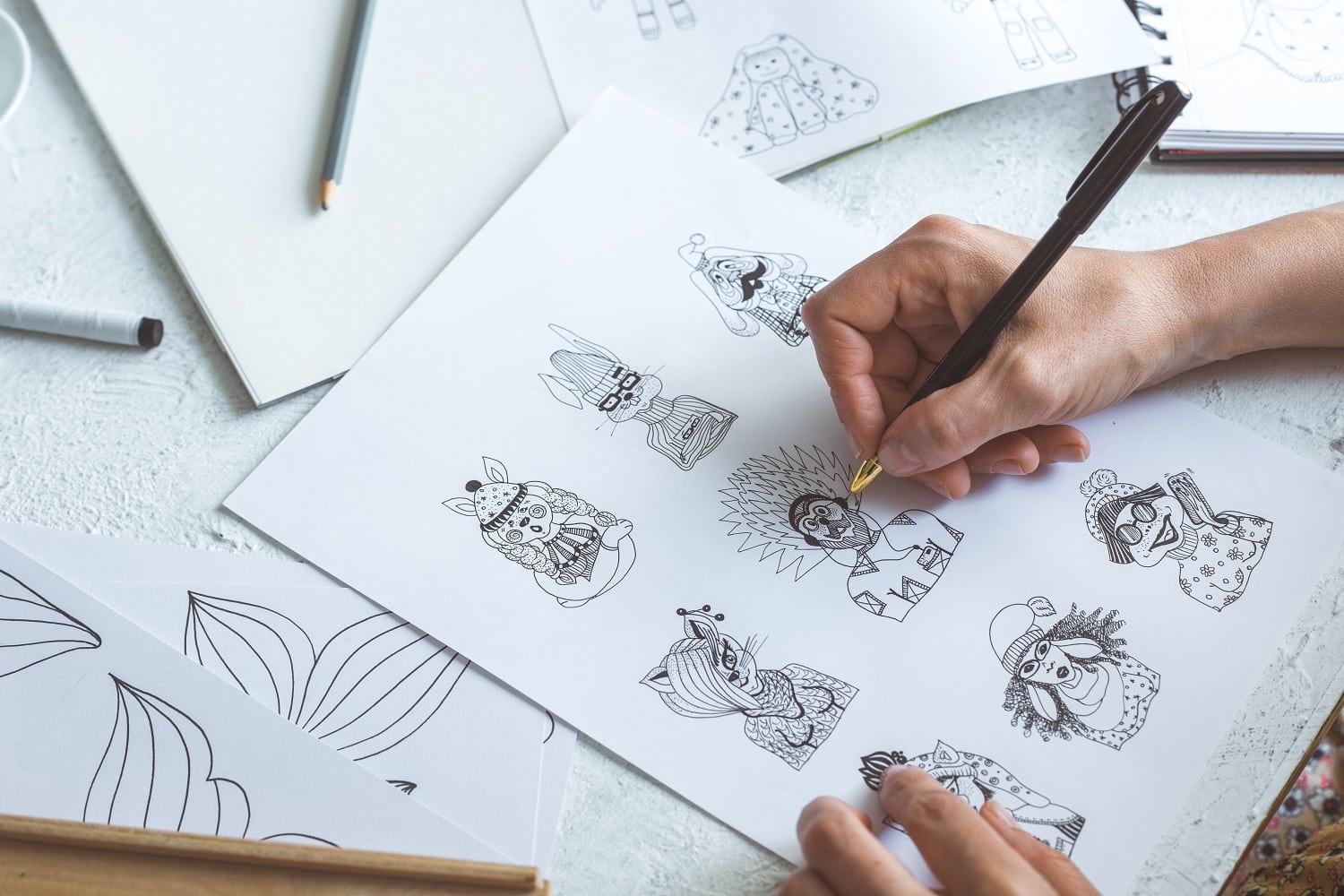
How does a storyboard artist handle visual story-telling?
The primary job of any storyboard artist is to sketch scenes that explain the story. They seldom require any word or dialogic to convey the story. The process and the methods that the storyboarders employ vary from one artist to the other. Often, it so happens that the rest of the production or development team also influences a storyboarder’s methods and style.
If there happens to be more than one artist at the storyboard, then one artist can also mimic the style of another. This is to ensure the uniformity of the storyboards to help maintain the clarity of the vision and comprehensibility of the plot.
Also, in the case of movie projects, a director’s personal style at handling a particular storyboard could influence the way another storyboarder creates scenes. This is a pretty beneficial way to ensure great flexibility in a team that also helps obtain the maximum benefits of an artist's personal style. However, the clarity of a storyboard shouldn't be compromised in any way no matter how many artists are working at a particular storyboard.
In certain ways, storyboard artists could like sketching a comic-book strip of a movie or video game. This is because, apart from visualizing scenes, an artist at the storyboard will have to describe the movement of the camera.
Based on your preference, you can realize the scenes on the computer screen or manually. A digital depiction and rendering of the scenes make it easier to exhibit and share. However, for traditionalists at the art, nothing beats the incredible appeal of pen on paper.

What are the specific things that a storyboard artist has to work upon?
Even though a significant portion of a storyboarder’s work involves drawing the fundamental structure for the characters and sketching in the details, there definitely remains a fair bit of room for text as well owing to the requirement of technical description. These go in their respective slots in the panels.
Since the clarity of a storyboard is the essential and utmost requirement of the production procedures, it is understandable that visual representations may at times fall short in conveying a clear message, especially if someone is starting out from the middle of the story or handling a part of it.
In such circumstances, using text often becomes a necessity to explain the specifics in greater detail, or even for listing the details from a technical standpoint.
On projects like that of video games, storyboard artists are often responsible for developing on so many other fronts than just visualizing scenes. Sometimes they have to work on various levels within the game or on the constituent elements of character design. They are responsible for developing and maintaining the “visual continuity” of a story.
According to celebrated game design artist, Lauren Walsh, a storyboard could be essentially termed as a sketch of the finished product, that lets a storyboard artist unleash their creativity without any sort of boundaries, restraints or limitations.
This crucial “sketch phase” allows an artist to freely explore several different themes, concepts, environments as well as vital story-telling tools as different means of communicating their ideas to the team. It is way easier and cost-effective to make simple changes to a storyboard before devoting precious time and resources to a concept or an idea that way.
How does “pitching” a storyboard works for an artist and the rest of the unit?
Storyboard artists are essentially responsible for “pitching” their art panels and boards to the director of a film or to the creative head of a development team. If you’ve got the knowledge and the talent of how things work in the storyboard department, then, this is how you can make your work have a substantial impact on a unit.
Once you have taken a concept or a script and woven a rough visual representation from it, your “pitch” is what is going to become the deciding factor for you.
It is because your “pitch” is the point where you perfect your visual representation, instilling life into it. This is where you provide the director or immediate mentor with an extensive walkthrough your entire story, narrating and describing your panels and boards.
These could include sound effects (better start polishing those explosion and spaceship sounds right away!). However, it is fundamentally your drawings that will decide the impact, speaking for themselves.
What you need to at this point is to take the recipient of your pitch into your world and keep them intrigued enough for them to stay there. Remember that like any other “sales-pitch,” here too, it is required for you to focus on selling your visual interpretation. This is why any pacing, sound, or rhythm will hold the power to make a drastic impact on your pitch.
And if your pitch makes a spectacular impact on the viewer, the script itself could be adjusted to include all those vital parts of your storyboard that has influenced the storyline so much!
This is because your visual representation of a concept not only serves to entertain, but they inspire other creative minds to create in turn!
How can one become a storyboard artist?
So, now, to answer the million-dollar-question of how does one become a storyboard artist, we would like to tell you that there are a number of ways to go about achieving that feat.
For starters, there are several tools available online that can help you out with your aim. A substantial portion of all of it goes into creating an ideal storyboard, so, it’s better if you tested your knowledge of the field and skills out for before you go ahead with the application procedures. This way, you can know for yourself if you are equipped for the job or not.
Some of the best storyboard software out there right now include:
- Moviestorm
- StudioBinder
- ShotPro
- FrameForge
- FrameForge 4
- Boardo
- Storyboard Quick
- Storyboard Artist Studio 7
- Storyboard Fountain
- Storyboard Composer
- Storyboard That
- Toon Boom StoryBoard Pro
To excel at storyboarding, you require great drawing skills. This is a crucial point of the work. Your storyboards do need to relay the scene clearly to their audience, and this is why you will be required to illustrate the emotions and gestures of your character correctly and prominently on your panels on the board. You will also have to render the setting for the scene as cleanly as you can.
All in all, you would have to draw pretty much all of the time to create your boards well. If this sounds appealing to you now, then do remember that jobs like these are some of the most viciously competitive ones that you’ll ever come across.
There is always going to be someone better than you at the job or more talented, but this doesn’t mean that you can’t reach their levels or go beyond it by perfecting your craft. With real patience and dedication, you could become the next best thing at your work that everybody looks up to. And this case, all you have to do is draw every day, for the majority of the time until you get the perfect circle!
No wonder people working at Pixar talks about staying up all night drawing and practicing. They mention working “48 hour days!”
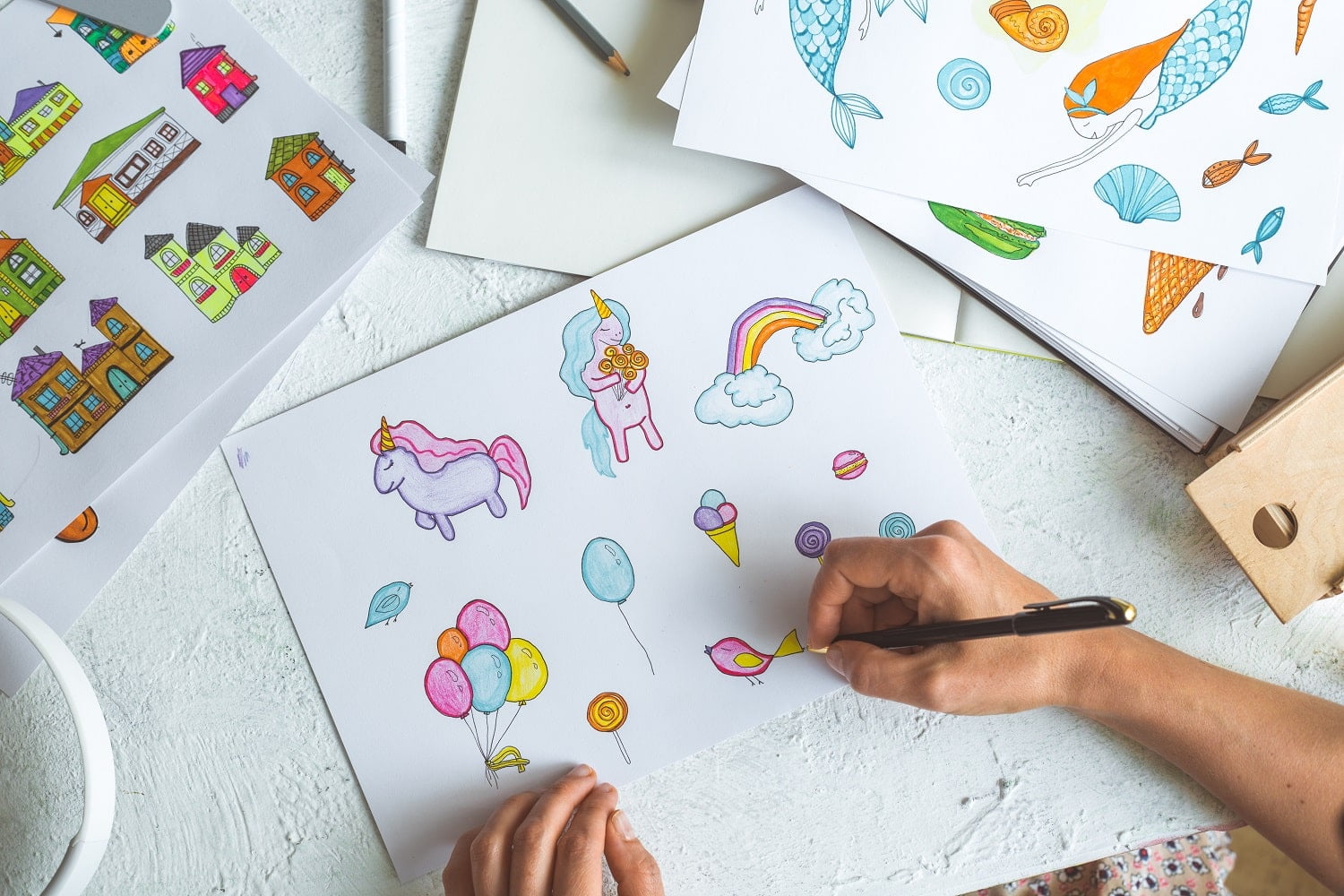
Tips and tricks to practice better!
One of the most exciting and fun ways to practice drawing and get better at it is to do a “draw every day” challenge. This way, you can capture (and you should), whatever is happening around you and to you during the day or an incredible dream that you might have had last night and create your panels out of these memories and concepts!
This will build your interest in the task as well as strengthen your skills of visually representing a though.
Knowing a bit of cinematography will help you immensely with getting the fundamental dimensions of the picture right. This is because you would be required to draw whatever the “camera” sees, and that would be very different from what your own eyes would see. This is why you have to learn the difference between physical and cinematographic perspectives when it comes to defining perspective angles on the storyboard
Although video games and animated films aren’t filmed with a camera, they still have different perspectives.
Limitations of concepts such as that of the 180 degrees rule
The 180 degrees rule ensures that the viewers are absolutely oriented in the scene. Fundamentally, when you set your scene up, you get a straight line running through the middle of it. Now, for every shot in the scene, your camera perspective requires to be on the same side of that line.
The Warburton Labs offers a pretty helpful comic that correctly and accurately illustrates this concept. You could get the second part of the comic right here. It also discusses several other essential concepts that are closely related to storyboarding specifically.
To hone your skills, you could take art and theatre courses as well as various courses in photography and cinematography. Every part of this field, no matter which department it is, will contribute substantially to your growth and development as a storyboard artist.
How to apply for the job and be successful at it?
The first thing that you should do if you’re looking to bag a storyboard project is to search for internships, while you’re in art school. Try applying in bigger studios and smaller ones alike. As you achieve more and more reps, your chances of getting noticed at bigger studios such as Pixar and of the likes, get higher.
And if you’re looking for an entry-level job that doesn’t require much of a formal collegiate education, then do work hard and extensively on your portfolio as that needs to be pitch-perfect for these openings. Various workshops and classes can help you learn the technical parts of the art and assist you in honing your skills.
In all circumstances, you should focus on concentrate on constructing a portfolio that displays your deft skills as an artist as well as visually relay your story to the viewer in the perfect way.
Remember: draw all the time!
Now for the most challenging part: learn to prepare yourself for a lot of “no”s. Like any other job in the industry, this too will test your patience, perseverance, and positivity in the most brutal ways.
But, be assured, that with a strong portfolio and a persistent approach towards cracking the code will definitely get you to your goal eventually, if not fast enough.
A simple way to make it even more motivational and fun for you is to chalk it down to a “PSP” (not the Sony one, though), formula which stands for “Persistence, Strong Portfolio.” This is bound to get you closer to your destination by the day.
However, at bigger studios, it’s more than likely that you won’t find entry positions for storyboard artists. So, if you have already had some experience of working at a storyboard, then chances are that you may be hired directly for the spot.
Whereas smaller studios will often depend on their animators for helping with the storyboards. With smaller projects or indie ones, the pressure could be high, but these would provide you with all the scope to develop substantially on your skills and personal style and help you prepare for applying at bigger studios.
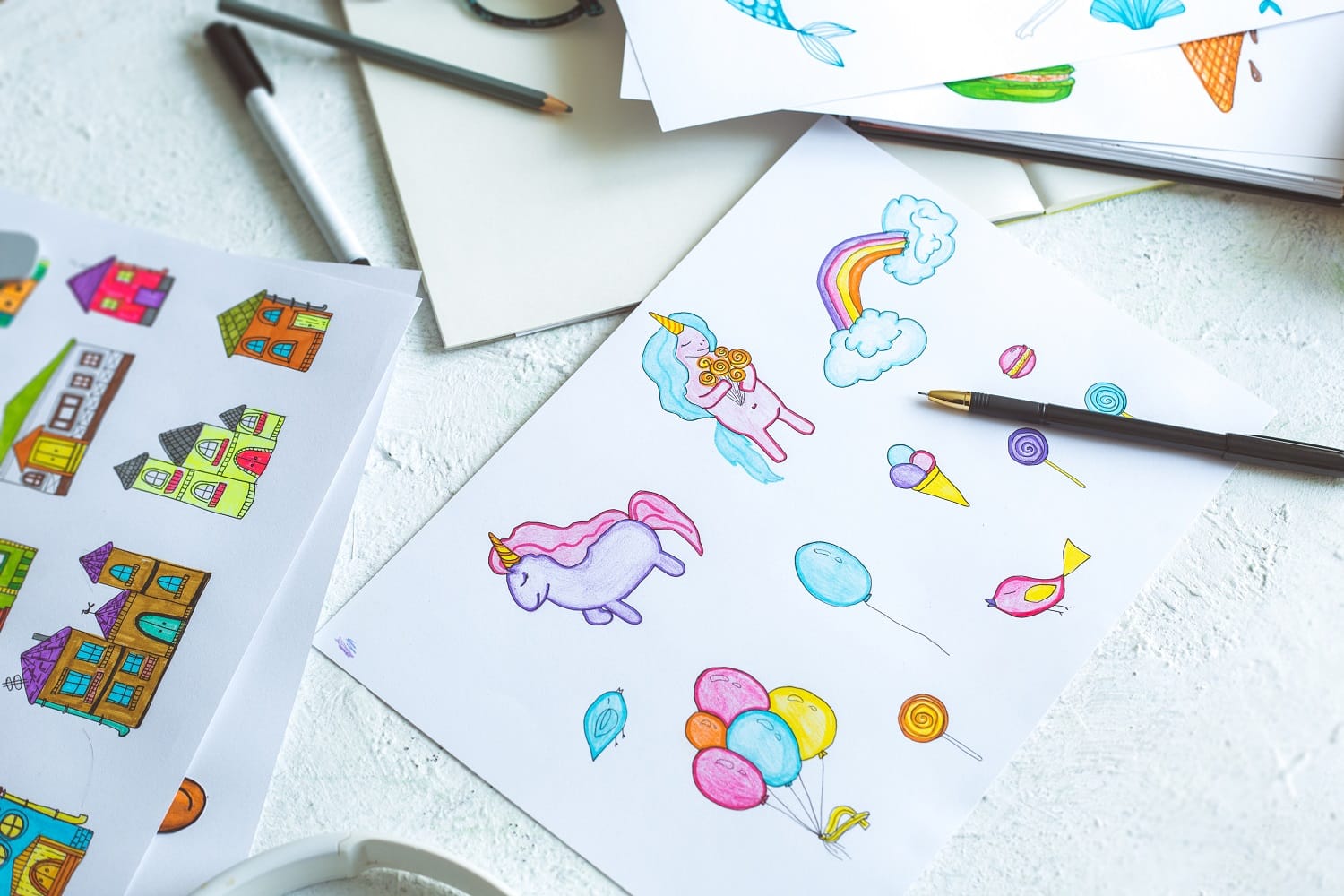
Skills and Education
Knowing how a film and animation differ from each other and their basic constituent elements are intrinsic parts of storyboarding.
You will be expected to have profound knowledge and in-depth understanding of acting, staging. Devote time in learning about cutting, which is the process of splicing scenes together as well as the language of a film.
Since your primary responsibility would always be that of communicating the story clearly through visuals, developing strong draftsmanship should be your top priority. Strengthen your skills as an artist as studios will always look for well-drawn storyboards with panels that can communicate tiny, tricky, and subtle details such as gestures and expressions with ease and clarity.
When you're dealing with portraying expressions and emotions, try covering as much as you can on them. Stories consist of a myriad of emotions. If you choose to depict only a singular emotion, for instance, humor in your panels, then a lot of questions about the plot and the characters would be left unanswered for the reviewer of your portfolio.
Make sure that you include emotionally-charged scenes, thrilling action panels or such that contain multiple emotions.
Based on requirements, you’d often have to be a collaborator or sub, especially if you’re looking to work in a studio. Working closely with the members of a team will spell bliss for learning the specifications and technicalities of the work.
However, if it’s specifically a solo or personal project or even for any indie game you want to design, then you need not require to collaborate with others as such if you aren’t really looking to.
A few potential challenges for a storyboard artist
One of the things that you would have to learn to accept is that not all ideas that you have would be perfect or enough to impress. Be prepared to take scathing criticisms and absorb all the precious feedback thrown your way. Not all panels you draw will bring in favorable judgments or remarks from your fellow team-mates.
But the best part about it is the incredible opportunity it will provide for you to improve your work. As long as you’re ready to turn a brutal criticism into a positive result for your work, things would pan out for you just fine!
Often it may happen that you’d be asked to rework your scenes over and over and in the process, combine different elements of the iteration until you’re able to create the very thing the team is looking for. You will have to be very flexible that way in order to tackle the struggles of creating perfection on the storyboard.
There could also be a lot of pressure when it comes to pitching as storyboard pitches could involve executive producers, backers, and several other decision-makers. Pleasing all at the same time could be the most challenging feat to win in this field. However, with a positive attitude and mindset towards it, all will get you where you want to be!
The Industry Advices!
One of the most influential figures at Pixar studios itself is that of Ted Mathot, who is the story supervisor and the creator and artist for comic books. He had posted his “story advice” where he talks about creating the ideal portfolio for you to be able to apply at studios like Pixar on Tumblr three years ago. It is available even today.
He talks about some of the vital things to keep in mind such as the length of your portfolio, which, according to Mathot, should be limited within 15-20 pages worth of boards.
Avoid cramming these as many panels as you want. Trying to keep everything clear and legible enough: this is of utmost importance. Mathot recommends about 6-9 panels per page.
Always put up your best works as no one would have the time to go through all that you may have created in the past 15 years.
Your best works on panels should convince the reviewer or interviewer of your skills, reflecting clearly and precisely whatever it is that you specialize in. This way you’d be showing value for their time.
And for the subject matter, Mathot is of the view that a little depth and personality could be just the thing that could impress the reviewer. Apart from the conventional character or setting, bringing in scenes from real life (such as coffee shops, airports, etc.) could spell a breath of fresh air, defining a unique character and tell its story.
In this context, keeping a notebook or journal at hand could indeed be a wise call, so that the next time something interesting happens in your surroundings or you visit a place that inspires a story, you’ll be able to record it. And according to Mathot, this sort of work is exactly what could make a vital difference.
He clearly states that “communicative single image story-telling” provides very personal insight into the artist’s mind as well as his style.
So now you know what to do and how to do it all!
Conclusion
This was it for our ultimate guide to storyboarding for beginners! We hope we were able to provide you with an insight into what exactly storyboarding is supposed to be and how the industry works.
And we sincerely hope you liked our effort!
Take care and keep drawing the smiley!
See you soon!
